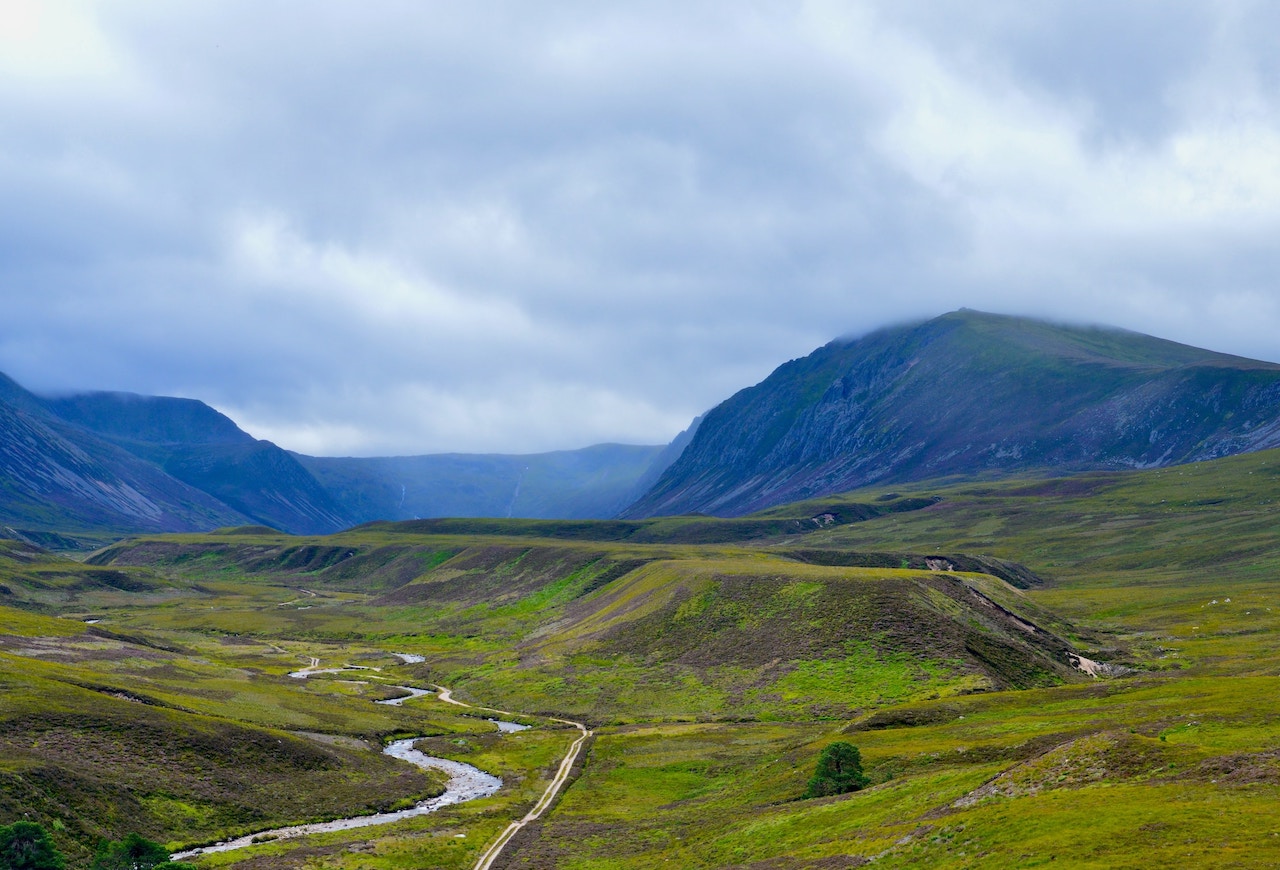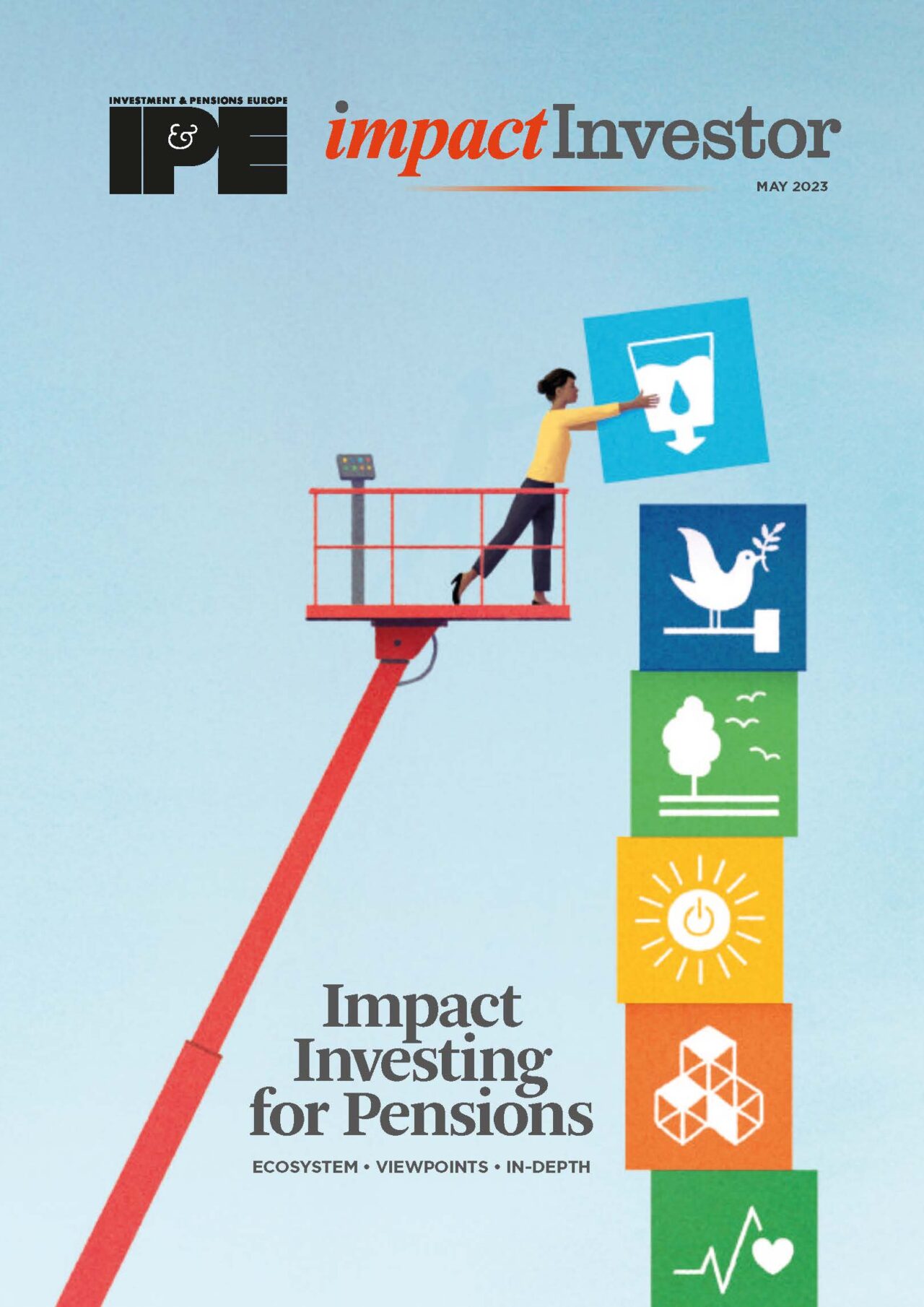Larger asset managers are responding to UN policies on biodiversity with new investment strategies targeting deforestation, land regeneration and more sustainable agriculture and farming practices.

Governments across the world face a headache. The land required to fulfil national carbon removal pledges from tree plantation is unlikely to be available, according to an investigation called the Land Gap Report published at the landmark UN Global Biodiversity Conference in Montreal in December 2022.
Funded by the UN, non-profits and public sector organisations, it stated that 1.2 billion hectares would be needed globally – equivalent to the surface area of the USA. Meanwhile, the farming sector, whose activities restrict that land availability, continues to emit greenhouse gases and often encroaches on woodland habitat, destroying wildlife. The study indicates that solving that problem is critical, because intensive agriculture is incompatible with natural capital improvement such as large-scale carbon or biodiversity storage.
Up until now, that is a concern private investors have overlooked. Agro-industrial and commodity companies feature in many asset manager portfolios. But the Global Biodiversity Framework agreement finalised at the Montreal conference now requires asset managers to contribute to at least $200bn annually by 2030 in domestic and international biodiversity-related funding. That means carving out new investment plans that reduce deforestation and agricultural impacts, help improve ecosystems, and rely less on carbon offsetting from forestry.
A few have already responded with cautious new strategies. Many of these are larger asset managers who have signed an industry initiative known as Finance for Biodiversity. Three broad investment approaches are emerging: avoid deforestation by investing in technology innovation; regenerate and reforest land with low agricultural potential; or change farming practices on agricultural land in a company portfolio. Of these, the latter is the most challenging because of the drive for intensive farming.
Reducing damage

Fidelity International has taken the first course of action, and says it avoids forestry investment and forest-based carbon offsets. “If you try to restore forests and peatland, there is no way to catch up. We need to stop the damage first,” says Velislava Dimitrova, equity portfolio manager who runs the firm’s Sustainable Biodiversity Fund launched in September 2022, just before the summit.
“The focus of the fund is try to reduce that damage by investing in solutions focusing on profitable public companies, which don’t need subsidies and donations.” One example is small caps improving hydroponic technologies to develop vertical farming. This allows the expansion of horticulture to new types of fruit and vegetables, reducing land use.
By contrast, others are investing in land regeneration. A 1,400-hectare project owned by Abrdn in the Scotland’s Cairngorms national park aims to restore peatland and woodland on moors with no agricultural value previously used primarily for hunting. Work will include planting at least 1.5 million trees. The company, which describes the project as insets, gains revenue from the investment by producing and selling carbon credits.

“The predominant reason for the project is to voluntarily inset residual carbon emissions, and this purchase enabled this in a locked-in price where we expect the price of carbon offsets to increase,” says Jason Baggaley, head of Real Estate Value Add Funds. Abrdn expects the price of carbon credits to rise to $30-100 per tonne by 2030, with project costs per tonne amounting to £22 on a discounted cash flow basis. This, he says, will reduce the net cost of carbon insetting to an attractively low level. If all units were sold as surplus to the asset managers own requirements, this could deliver an internal rate of return of over 6%, in addition to environmental and social benefits.
Changing agriculture and farming practices
Meanwhile, two asset managers say they are taking the farming challenge head on. Swiss bank UBS, which is among the five largest institutional farmland owners in the US, has converted all its farmland to an industry standard it has itself helped develop. This aims to cultivate sustainable forms of agriculture. The standard adopts 13 principles, relating, for example, to water resources, waste, energy, soil condition, and flora and fauna. “The investment thesis is that land managed more sustainably will ultimately be more valuable,” says Judson Berkey, lead advocacy at the UBS chief sustainability office.
US asset manager Nuveen also states it addresses natural capital erosion through onsite land management changes. The company’s land asset management platform (both forestry and agriculture) has $9.7bn of assets (around a tenth of Nuveen’s total) covering 3 million acres in ten countries. Some of the land is leased, generating rental payments, while other land is managed directly.
Not all of its forestry assets are dedicated to commercial plantation, according to Martin Davies, global head of Nuveen Natural Capital. A proportion is used for non-commercial cultivation, and some land is set aside to generate revenue from carbon credits.
In its agricultural assets, environ-mental improvements in farming methods can be financially motivated, he suggests. In vineyards run by the company, for example, crops can be grown between the vines, improving soil health and productivity. This discourages use of synthetic fertiliser.
“It’s good from an environmental point of view but it is also significantly reducing active ingredients so it’s also good from an economical perspective,” says Davies. Similarly, the company finds that habitat restoration can work as an effective technique for limiting the spread of pests. It can introduce natural predators, which also reduces pesticide use. In sites owned directly by agricultural asset owners like Nuveen, savings of this type may generate an increase in margins.
Many of these three types of initiatives are laudable but limited. In many places, public and private sector policies have relied on offsetting practices that globally may not suffice in the longer term, as stated in the Land Gap Report.
In the US, for instance, the government has created a scheme in which conservation vehicles known as mitigation banks improve a particular site to provide credits to organisations whose activities have destroyed or negatively affected habitat. The creation of a mitigation bank requires the owner of the land to commit to perpetual conservation, prohibiting future development of the property. But the system has little effect on agricultural practices.
Valuations and policy
Arguably, the development of revenue-generating projects and funds could eventually affect land valuations that motivate further change. However, the value of most commercial land, both for property, agriculture and forestry is determined by factors such as supply and demand, rental rates, and the value of crop such as timber.
That contrasts with land intended for the sustainability market, such as tree plantations valued for carbon sequestration. Regenerated rural land also gains in value. This is partly explained by project costs that the investor needs to recoup to develop nature-based solutions and eventually gain income. Under the BNG policy (see case study below), developers have to pay for the net gain onsite or find sites elsewhere.
This has financial implications, as Abrdn’s Baggaley explains: “Onsite developers have to pay for biodiversity to be achieved…which intrinsically will mean land will have to include a bio-diversity assessment and valuation and biodiversity is monetised.” Such experiences are confirmed by real estate consultancy Savills, which says poorer quality land in the UK has increased in price due to natural capital investment demand.
Baggaley expects improvements in land pricing as a result of the Abrdn project: “In order to make it attractive and reduce risk, we do expect the land to have a future value both in land price appreciation and in pending carbon units,” he says. However, this covers a time horizon of decades over which the project is dedicated.
Thus far, financial institutions taking the lead either develop interesting showcase projects worked out by their ESG teams, or invest in niche markets such as organic farming. Some of this activity is prompted by a longer-term belief that policies could continue to evolve to stimulate more innovation.
But the agricultural dilemma will continue, generating further public pressure. Judson Berkey of UBS suggests investors with a longer-term perspective might start to incorporate the expectation of policy change into their
view of investments. “Governments could potentially follow through on policies that push towards more sustainable forms of agriculture and land management,” he says.
Baggaley indicates that it may be possible for policy makers to e-engineer attitudes to value. “There can be a lot done with regards to regulation and the biodiversity credit market to ensure that biodiversity improvement at a real asset investment is more central to the financial valuation of the land,” he says.
Natural Capital Blended Finance Facility
In England, a biodiversity net gain (BNG) policy due to take effect in November 2023 could make a deeper impact as it affects both farmers, property developers and other landowners. It also helps incentivise further afforestation on farmland. BNG is also likely to help develop revenue streams that may motivate such changes in land use. It mandates most developments to deliver at least 10% BNG, which can be achieved onsite or obtained through the purchase of biodiversity credits. A landowner who exceeds a BNG of 10% can sell the surplus credits.
Launched in tandem with the policy is a blended finance instrument still under development, which will aggregate many existing projects. Some of these rely on revenue streams from newly created carbon, woodland and peatland credits, some of which may be purchased by corporates. Asset manager Federated Hermes and social enterprise Finance Earth, an impact investment advisor and fund manager, aim to scale up £30m in first loss seed capital from the government to crowd in more investors.
Projects that could be aggregated include land restoration activities and habitat banks. However, the investment strategy on which the planned fund may be based is also likely to include, for example, projects that generate revenue from innovative products, such as a home insurance scheme that directs profit towards projects that will reduce local flood risk.
The government is also considering the inclusion of soil nutrient and water quality programmes with a revenue-generating mechanism. The facility has a precedent in a social impact fund, Big Society Capital, which was launched by the UK government in 2011 with the larger sum of £600m in seed funding. This has since scaled up to £2.8bn in committed capital from other investors. Fund developers are optimistic about the prospects for the natural capital facility and are targeting a gross internal rate of return of 10-12% per annum.
“Very explicitly we are saying we think there is a good robust return opportunity for investors in the strategy we are developing, that in itself is an attractive feature to any institutional investor,” says Eoin Murray, head of investment at Federated Hermes.
This article is part of the editorial content of the Impact Investing for Pensions report. You can download a digital copy of the report here.






